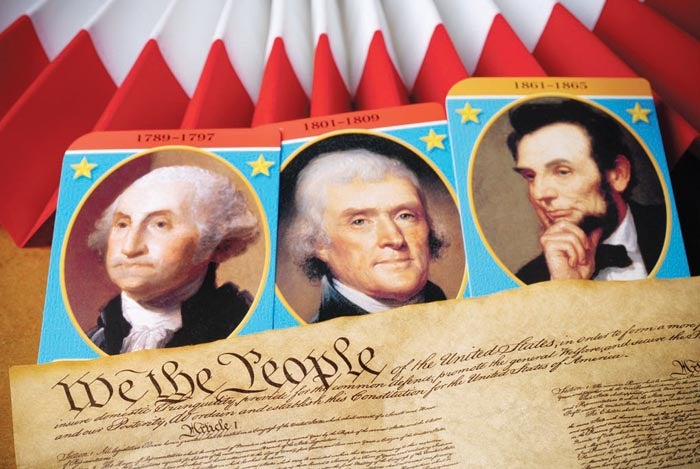Do we the people know about the Constitution?
Published 9:22 pm Wednesday, September 20, 2017

- Sept. 17, 2017, begins the national celebration of Constitution Week, the weeklong commemoration of America’s most important document
We the People of the United States, in Order to form a more perfect Union, establish Justice, insure domestic Tranquility, provide for the common defence, promote the general Welfare, and secure the Blessings of Liberty to ourselves and our Posterity, do ordain and establish this Constitution for the United States of America.
— Preamble to the United States Constitution
In observance of Constitution Week, Sept. 17-23, the Daughters of the American Revolution share these facts about the U.S. Constitution.
• Of the written national constitutions, the U.S. Constitution has endured longer than any other constitution in the world and has been used by many other countries as a model for drafting their own constitutions.
• Most of the delegates were natives of the 13 colonies. Only eight were born elsewhere; Butler, Fitzsimons, McHenry and Patterson were born in Ireland and, two, Davie and Robert Morris were born in England; Wilson was born in Scotland and Hamilton was born in the West Indies. Reflecting the mobility that has always characterized American life.
• George Washington served for eight years as the first President of the United States under the new Constitution. His first four years were dominated by domestic issues and the second four years by foreign policy issues. During the administration of President John Adams there was a threat of war with France and again, Washington came back to serve his country in the capacity of Commander-In-Chief. With the threat of war over he went back to live his last days at his beloved Mt. Vernon. He died there on December 12, 1799. Light Horse Harry Lee said that George Washington was “first in war, first in peace, and first in the hearts of his countryman.”
• The greatest accomplishment of The Federalist Papers was to show that the Constitution was both coherent and republican. Suppressing their private doubts and disappointments, Alexander Hamilton and James Madison, joined by John Jay, undertook the series of essays in order to expound the merits of the new Constitution and to answer the objections to it.
• Written in 1787, the Constitution was signed on Sept. 17. But it wasn’t until 1788 that it was ratified by the necessary nine states. The U.S. Constitution was prepared in secret, behind locked doors that were guarded by sentries.
.• Established on November 26, 1789, the first national “Thanksgiving Day” was originally created by George Washington as a way of “giving thanks” for the Constitution.
• The original Constitution is on display at the National Archives in Washington, D.C. When the Japanese bombed Pearl Harbor, it was moved to Fort Knox for safekeeping.
• When writing the Constitution, Federalists thought that a Bill of Rights was unnecessary, while the Anti-Federalists, fearing a strong central government, refused to ratify the Constitution unless a Bill of Rights was written. North Carolina ratified the Constitution only after the newly inaugurated president, George Washington, assured them that the Congress would immediately set about creating one.
• On Sept. 25, 1789, the First Federal Congress of the United States proposed to the state legislatures 12 amendments to the Constitution. The first two, concerning the number of constituents for each representative and the compensation of congressmen, were not ratified. Articles three through 12, known as the Bill of Rights, became the first 10 amendments to the U.S. Constitution and contained guarantees of essential rights and liberties omitted in the crafting of the original document.
• More than 11,000 amendments have been introduced in Congress. Thirty-three have gone to the states to be ratified and 27 have received the necessary approval from the states to actually become amendments to the Constitution.

